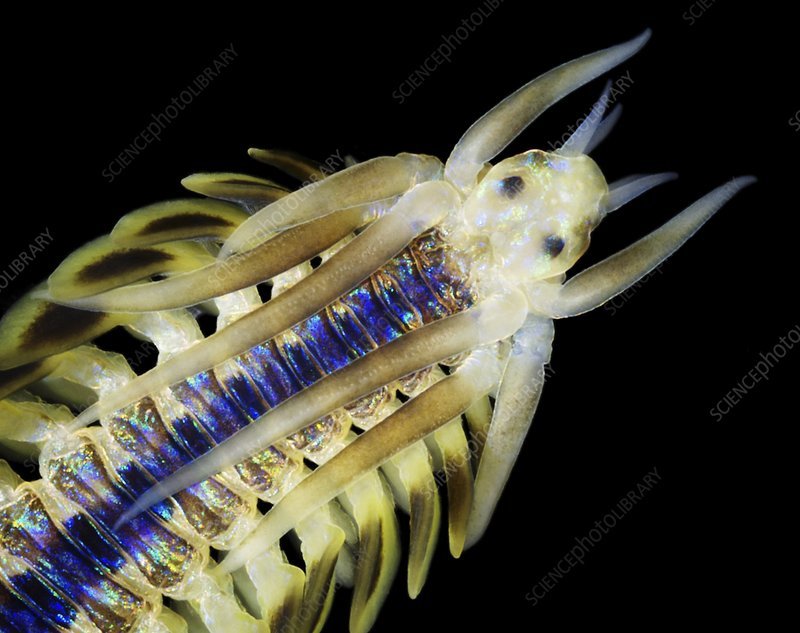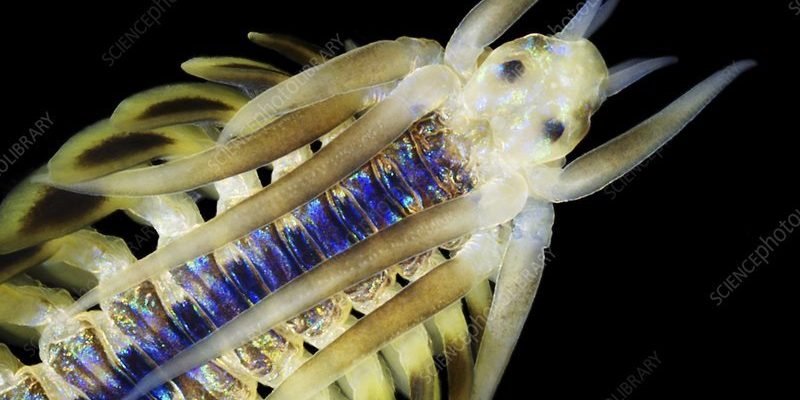
Let’s imagine that the ocean is like a bustling city. Just like we rely on specific signs and signals to gauge whether our city is thriving or struggling, scientists can look to marine polychaetes to get a sense of what’s going on beneath the waves. By studying these worms, researchers can assess pollution levels, habitat conditions, and even the effects of climate change. So, grab a cup of coffee, and let’s dive deeper into how these fascinating marine lifeforms can help us keep our oceans healthy.
What Are Marine Polychaetes?
Marine polychaetes are a group of worms that live in the ocean. They can be found in a variety of habitats, from sandy beaches to the deepest parts of the sea. Generally, they come in two forms: errant polychaetes, which are active and mobile, and sedentary polychaetes, which prefer to stay put and build tubes or burrows.
There are over 10,000 known species of polychaetes, each with unique characteristics. While some are brightly colored and small, others can grow up to several feet long! This variety makes them a crucial part of the marine ecosystem, as they serve as food for many larger animals, such as fish and birds.
A remarkable feature of polychaetes is their ability to respond to environmental changes. They have a special capacity to adapt to different levels of pollution and habitat conditions. This adaptability helps scientists use them as indicators of environmental health.
The Role of Marine Polychaetes in Environmental Monitoring
So, how can these worms help us monitor the environment? Marine polychaetes are sensitive to changes in their surroundings, which makes them excellent indicators of water quality. When pollution levels rise, or when there are changes in salinity or temperature, some species may thrive while others decline.
Here’s the thing: scientists can collect samples of these worms and analyze which species are present. By looking at the variety and abundance of polychaetes, researchers can get a snapshot of the health of a marine ecosystem. For instance, a decline in sensitive species often indicates that something is wrong—like increased pollution or habitat degradation.
Using marine polychaetes, researchers can also monitor changes over time. By repeatedly sampling the same areas, they can track how ecosystems respond to various stressors, like climate change or urban development. This long-term data is invaluable for making informed decisions about conservation efforts.
Bioindication: What Does It Mean?
Bioindication is a fancy term that essentially means using living organisms to assess environmental conditions. Marine polychaetes are perfect candidates for bioindication because they are widespread and respond effectively to changes in their environment.
Imagine these worms as nature’s little sensors. They react to pollutants like heavy metals and organic toxins, which can accumulate in their bodies. By analyzing the concentration of these substances in polychaetes, scientists can determine the level of pollution in a given area.
Bioindication is crucial for setting up effective marine conservation strategies. When scientists know which areas are suffering the most, they can focus their efforts on those regions to improve water quality and restore habitats. This proactive approach not only preserves marine biodiversity but also helps maintain the overall health of our oceans.
How Scientists Study Polychaetes
Now, you might be wondering how scientists actually study these fascinating worms. The process begins with collecting polychaete samples from various marine environments. This can be done using nets, sediment corers, or even simple hand tools, depending on the habitat.
Once collected, scientists analyze the samples in the lab. They might look at factors such as species diversity, population density, and the presence of pollutants in the worms’ bodies. This information is then compared to established benchmarks to determine the overall health of the ecosystem.
It’s like piecing together a puzzle. Each sample provides a small fragment of information that, when combined with others, reveals the bigger picture of oceanic health. By understanding how polychaetes respond to environmental changes, scientists can create models that predict future impacts of pollution and climate change.
Comparing Polychaetes to Other Bioindicators
While marine polychaetes are excellent indicators, they’re not the only game in town. There are various other bioindicators used in marine research, including mollusks, crustaceans, and even certain types of fish. Each of these organisms has its strengths and weaknesses.
For example, some crustaceans are also sensitive to pollution, but they may not be as widespread as polychaetes. On the other hand, fish can provide insight into higher trophic levels in the food chain, but they can be harder to study due to their mobility.
When scientists choose which bioindicator to use, they often look for the species that best reflect the specific conditions of the area being studied. In many cases, combining data from multiple organisms, including marine polychaetes, leads to a more comprehensive understanding of the ecosystem’s health.
The Future of Marine Polychaetes in Environmental Science
As we face increasing challenges like climate change, industrial pollution, and habitat loss, the role of marine polychaetes will only become more critical. Their ability to adapt and respond to environmental changes makes them a valuable tool for scientists and conservationists alike.
Looking ahead, advancements in technology and data analysis will likely enhance our understanding of these worms. For example, scientists are using genetic analysis to study polychaetes on a deeper level, uncovering even more about how they interact with pollutants and other stressors.
With growing public awareness about marine conservation, the importance of bioindicators like marine polychaetes will only gain traction. Protecting the health of our oceans relies on understanding how these creatures respond to changes, and that means studying them is essential for a sustainable future.
In a world where our oceans face numerous threats, marine polychaetes serve as unsung heroes. These tiny worms provide significant insights into environmental health, acting as indicators of pollution and habitat changes. They remind us that even the smallest creatures play a critical role in maintaining the balance of the marine ecosystem.
By understanding the value of marine polychaetes in environmental monitoring, we become better equipped to protect our oceans. So the next time you think about marine life, remember these little worms and the big impact they have on our planet. After all, keeping our oceans healthy is a responsibility we all share.

